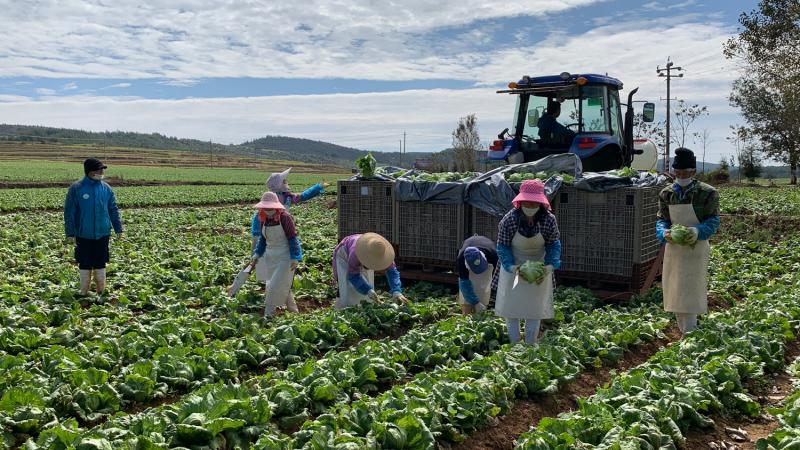



Article by: Hari Yellina
According to industry groups and other producers, soaring expenses might “kill off” some Queensland fruit and vegetable growers this year. Farmers are in dire straits as a result of the growing expenses of gasoline, transportation, fertiliser, and chemicals, as well as increased labour costs and floods. Leon Collins, a grower in Tully and the vice-chair of the Australian Banana Growers’ Council, claimed that some banana farmers were struggling to make ends meet. They are still holding on and are quite anxious and concerned, according to Mr. Collins.
Banana producers are paid every 13kg carton, and Mr. Collins claimed that the $20 pricing didn’t allow them to break even. “Since October, [we have been receiving] less than the cost of production. Growers are suffering, and they are suffering greatly “added said. “We estimated the production cost to be roughly $24. Today, prices for fuel and fertiliser have increased as well as those for chemicals like glufosinate, which have increased by 180 percent. “Instead of $20, we’d prefer them to cost $30. You can say that every box that you have that is being moved by the powered rollers is worth $4 less. “Now, we require higher returns. We simply must have it. It represents the times.”
Farmer and president of the Queensland Strawberry Growers’ Association Adrian Schultz said the prolonged rainy weather has made cost rises in his industry worse. It has likely been one of our team’s worst season openings, according to Mr. Schultz. Our runners were planted eight weeks ago, and the four to six weeks of rain that followed nearly wiped off the entire first flush. Every location in Queensland, from Bundaberg and the Sunshine Coast to Moreton Bay, according to Mr. Schultz, has had comparable issues.
Production is gradually returning, but according to him, the majority of people don’t expect full production to resume for at least three to four more weeks. This will undoubtedly put a few strawberry producers out of business this season, according to Mr. Schultz. We lost a few members from last year, and I’m not sure where folks are getting the money to keep running. It’s more like a quadruple whammy across the face than the double blow across the board.” On June 21, the first industry round table was conducted at Parliament House by the federal agricultural minister Murray Watt with representatives from the meat, crop, horticulture, union, and First Nations sectors to discuss potential and issues facing the industry.
Mr. Watt claimed that his administration was “working hard to help” and acknowledged that farmers required access to employees. The first step in addressing the labour shortage, according to Mr. Watt, is preparing Australians for careers in the sector. “After years of austerity from the Morrison Government, we promised to investing more in educating locals for industries with worker shortages.” In addition, Mr. Watt acknowledged that there has traditionally been a demand for foreign labour in the agricultural sector.
To ensure that farm firms can access Pacific employees, particularly to cover seasonal employment, we’ll be collaborating with the industry to improve the PALM (Pacific Australia Labour Mobility) scheme. There are 52,000 people in the Pacific who are available for work, in addition to the 24,400 Pacific and Timorese workers who are already living in Australia. These workers need to be put to use as soon as feasible. Beyond PALM, according to Mr. Watt, there are numerous visa channels that the agriculture sector can use to obtain the people it needs, including those for skilled and semi-skilled positions. “I am open to hearing from all organisations, including business, agricultural organisations, employers, and unions, on solutions that can assist solve our workforce difficulties. I also look forwards to coming up with further ideas at the government’s Jobs and Skills Summit later this year.”